Ruinsong by Julia Ember
Farrar, Straus, and Giroux, 2020
ISBN-13 : 978-0374313357
Available: Hardcover, paperback, Kindle edition ( Bookshop.org | Amazon.com)
In this YA dark fantasy, Cadence is a corporeal mage whose magic comes through singing. While she comes from poverty, she is now the principal singer for the queen. Queen Elene, also originally a commoner, overthrew the previous monarchy and has forced the nobility to live in fear. Once a year they must all attend a Performing where the principal singer sings a song intended to cause pain and fear in the nobility. This is Cadence’s first year and when she sees the extraordinary pain her song is causing, she stops singing. Cadence’s disobedience leads to Ren, the queen’s torturer, murdering her dog. In return, Cadence has a tantrum that leads to the death of six people, and refuses to cooperate with the queen.
The scene of Cadence’s Performing is extremely dark and disturbing, and while we get some backstory on Elene that makes her behavior understandable, Ren and Elene’s cruelty was hard to handle.
Cadence’s mage training and social class separated her from her closest friend, Remi, who is forced to attend the performance. Remi is later arrested for going to the hospital, which is illegal for nobles, and her father is seized for treason. Elene tells Remi that if she can gain Cadence’s cooperation, she and her father can move to better quarters. Cadence is reluctant but doesn’t want Remi hurt. Despite Cadence’s monstrous actions and Remi’s position as prisoner, the two are falling in love. But Elene’s oppressive reign is about to fall to rebels, and Cadence is the one who has to decide how she will use her voice.
I like magic systems that involve music, but the magic system can’t stand alone. The character of the mage also matters. This year I have also read the YA fantasy Edgewood, which, while very different in its world building and overall plot, also has a main character who discovers she is a song mage, and she claims her agency even in the face of a cruel and capricious ruler. Cadence is passive, complicit, and easily provoked, so even though I felt sympathy for her situation, I couldn’t really cheer her on. This is supposed to be a sapphic romance inspired by Phantom of the Opera, but outside the mask wearing and the singing I didn’t see much of a connection to Phantom, and while Cadence and Remi did develop a romantic relationship, I don’t see how it could have a happy ending.
Reviewed by Kirsten Kowalewski
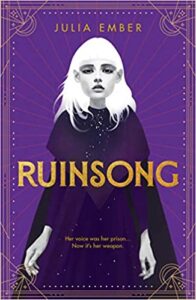
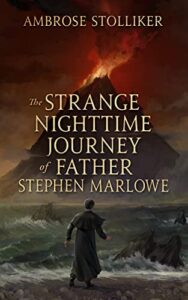

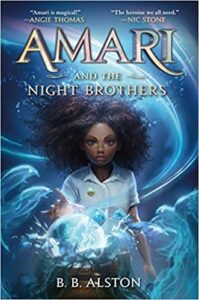
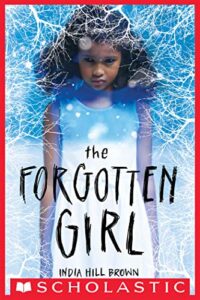

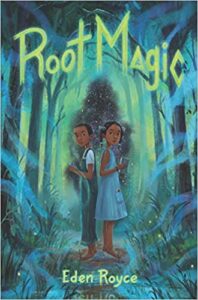




Follow Us!